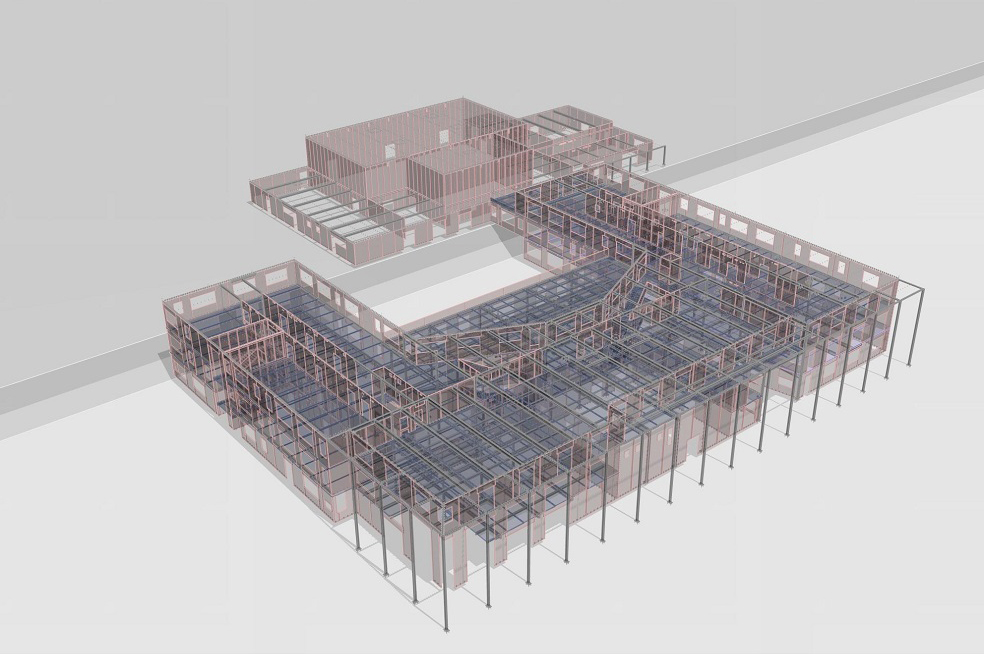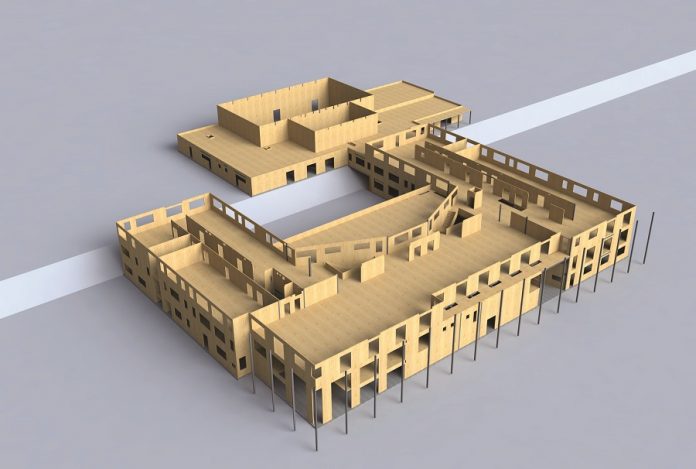Andrew Orriss, Board Member, Structural Timber Association (STA) outlines how BIM can be utilised by the structural timber industry
Building Information Modelling (BIM) is at the front and centre of the latest digital technology in today’s built environment. Early adopters within the industry and government have for many years successfully promoted this pioneering building process.
Structural timber systems are increasingly being used as the building material of choice by developers, as the wider construction sector recognises its potential to help solve the housing crisis. Through the STA’s ongoing work with major housebuilders, we are aware that many have stated that within the next six months, they will only deal with structural timber companies who utilise BIM by providing product data in a digital format. It is, therefore, more important than ever to get our proverbial ‘ducks in a row’.

The STA maintain that there are lessons to be learnt from others who have gone through a similar ‘digital revolution’ – the oil and gas industry, for example. Death by data is a phrase commonly used in this sector, and too much of the wrong kind or incorrect information can be detrimental to the project.
Construction partners should be clear on what information is required – data validation and verification are crucial to a successful outcome. There should, therefore, be a process of checking information against set requirements, thus reducing risk from multiple data sources and streamlining information into a standard format.
The discipline and collaborative working that BIM requires and facilitates are ideally suited to the needs of pre-fabrication regarding early coordination and three-dimensional design information – particularly when using solid wood as the core structural component. The output of the BIM design process, the IFC model – can now be directly imported into the fabrication software eliminating the time-consuming translation of engineer’s information into cut lists and assembly drawings. Further to this, it reduces the risk of errors in the process and the need for cross-checking.
BIM is a progressive step
The STA firmly believe that the implementation of BIM is a progressive step that helps to challenge outdated assumptions about the construction sector and encourage more young professionals into the industry. BIM will generate savings in the long term. Initially, it will require investment, but the overwhelming message has been that companies at every level of the supply chain should invest in digital technology required by the BIM process sooner rather than later, or risk being left behind.
However, industry understanding of BIM has not necessarily increased at the same rate as the hype, and this knowledge gap has the potential to cause problems. There are a large number of technical people operating in the landscape, many of whom have a tendency to over-complicate and a few of whom may be perpetuating the general perception of BIM as a “dark art” in order to upsell their insight.
Furthermore, anyone who has tried to absorb the contents of all five sections of PAS 1192 will testify the BIM process can be somewhat confusing to the uninitiated.
As a result, there’s a danger that companies could end up throwing themselves headlong into the task of integrating BIM into their business without fully understanding it, or considering what their customers’ and their own requirements actually are.
Getting to grips with BIM
BIM doesn’t need to be this complicated or bewildering. There are many companies, including major building contractors that are using it in a much more practical, common sense way, and moderating their usage of the technology depending on the size of each project, its value, and the customer’s interest in and/or capability of using the data. BIM is different things to different people, so it is important to be responsive to your own needs and more importantly, those of the parties you plan to work with.
As an industry getting to grips with a revolutionary new technology, it was inevitable that there would be a few mistakes along the way. The important thing is to make sure that we all learn from those early explorations.
The Structural Timber Association are holding a BIM Workshop for members to facilitate knowledge share and stronger working BIM partnerships at their Regional Meeting on 22 February at the Copthorne, Manchester Hotel. For more information on membership or this event visit: www.structuraltimber.co.uk
Andrew Orriss
Board Member
Structural Timber Association (STA) and Sales
Director of SIG360 Technical Centre
info@structuraltimber.co.uk














